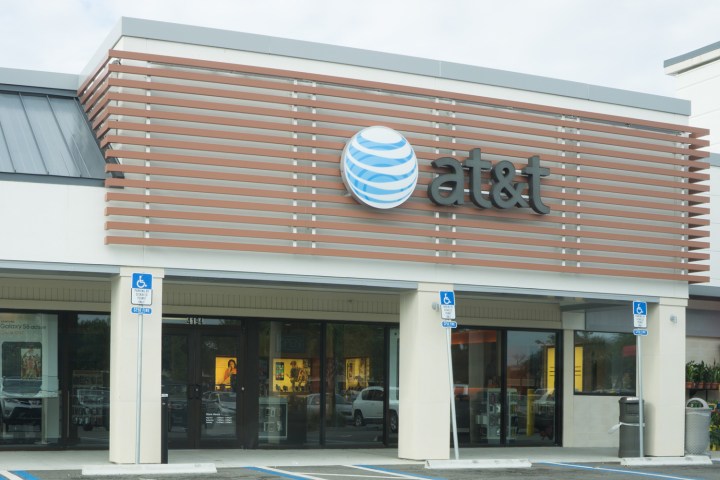
Stream Saver, when enabled, reduces the resolution of web videos delivered via YouTube, Netflix, Hulu, and other platforms — the resulting quality’s close to a DVD (about 480p), AT&T said. It’ll begin rolling out the feature early next year, when the carrier enables it at no charge for subscribers on its myAT&T and Premier plans. “[We] will send you a message letting you know it is on,” AT&T said in a press release. When Stream Saver goes live, those affected will have the choice to disable or enable it at will, on demand, from within the myAT&T mobile app or on AT&T’s website.
“We know our customers love to be entertained while mobile, and Stream Saver lets them enjoy more of what they love, whether it’s video or something else,” AT&T Entertainment Group chief marketing officer David Christopher said. “And, they are in control — it’s their choice on how to use this innovative feature.”
If Stream Saver sounds familiar, that’s because it’s along the same lines as T-Mobile’s Binge On, a feature that optionally reduces the quality of streaming videos to standard definition in exchange for prolonging your data plan. Those videos don’t count against your cap, but bizarrely, Stream Saver lacks a comparable benefit. AT&T considers throttled videos data just the same as other web traffic. Short of saving a gigabyte here or there, there doesn’t appear to be much of an incentive to keep Stream Saver on.
AT&T, on the other hand, stands to gain a lot. By reducing the amount of video data its subscribers consume, the carrier can presumably stretch its cellular hardware a bit further — logically, less traffic means more subscribers on fewer antennas. It wouldn’t be the first time: Last year, the Federal Communications Commission fined the carrier $100 million for surreptitiously throttling customers on its limited plan, ostensibly for the purpose of “[mitigating] network congestion.”
The Verge speculates that something far more nefarious is afoot. Stream Saver could lay the groundwork for so-called zero-rating, a practice that involves a company exempting its products and services from limitations it imposes on third parties. Already, AT&T offers free mobile data to customers of its subsidiary DirecTV business, an arrangement over which the FCC expressed concern earlier this week. “We welcome any video provider that wishes to sponsor its content in the same data-free way,” AT&T’s head of external and legislative affairs told The Wall Street Journal. “We’ll do so on equal terms at our lowest wholesale rates.”
AT&T isn’t the only one, of course. T-Mobile exempts only services which have opted into its Binge On benefit from customers’ data caps, and Verizon zero rates its Go90 video streaming platform. But another wrong doesn’t exactly make a right.
Editors' Recommendations
- Tons of T-Mobile subscribers just got a free year of Apple TV+
- Ditto lets you watch up to four sources of video at once on an Apple TV


